An attractive smile can boost your confidence. Studies have shown that smile and teeth are one of the most important features that stand out during first impression. To align your teeth for beautiful smile, there are more braces options now than ever to fit your appearance, lifestyle and budget. Let’s discover!
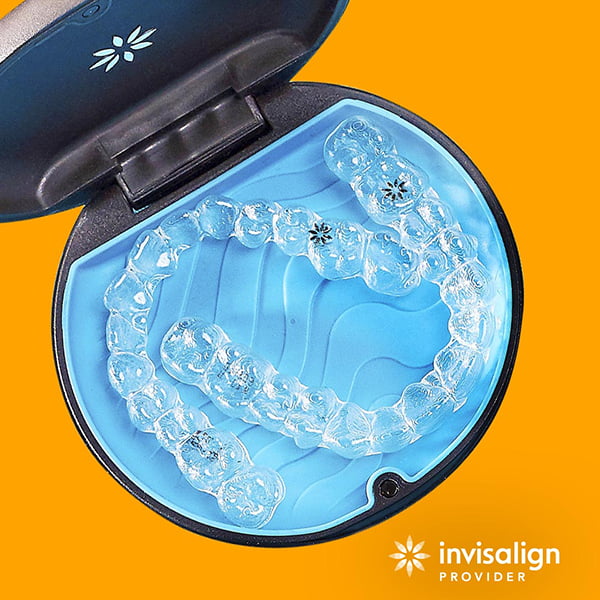
Clear Aligner
When it comes to clear aligner, Invisalign is the pioneer of the industry. The Invisalign system is the most advance clear aligner system in the world. To date, there are 9 millions people treated with Invisalign. It gently moves teeth using a series of transparent plastic tray. Because there are no metal brackets and wire, Invisalign has very little impact on your appearance. During meals, you can take out the aligner and enjoy your favourite food that would be difficult to eat with metal braces. Similarly, it is easier to clean and brush your teeth. Expect less irritation to the gum and cheek, Invisalign is definitely more comfortable compared to other braces.
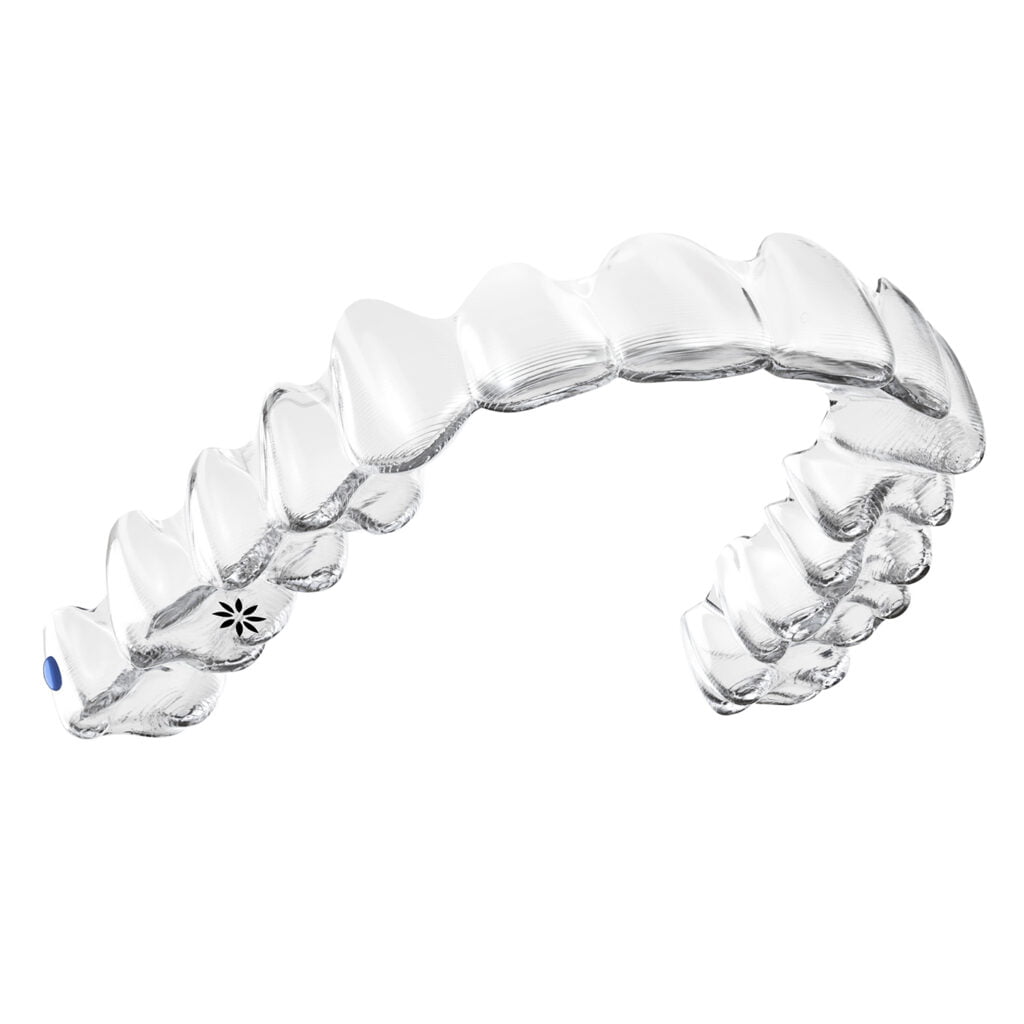
However, it is not completely invisible. Especially if wearing less than optimum 22 hours daily, Invisalign can go off-track. The gap between the aligner and your teeth might be visible. Slight speech disturbance and mild discomfort are common in first few weeks as you are getting used to the thickness of aligner and tooth movement. Read more.
Metal braces
There are 2 types of metal braces, namely conventional brackets and self ligating brackets. Both are made from high-grade stainless steel. In conventional brackets, colorful elastic bands are used to hold the wire in the bracket slot. Whereas self ligating brackets have more advance design, a clip or door is used instead of elastic band. Elastic band tends to loose their elasticity after 4 weeks and requires to change in every visit. Clip in self ligating brackets creates less friction, possibly less pain and more efficient treatment. It is also easier to brush and clean around self ligating brackets during the orthodontic treatment.
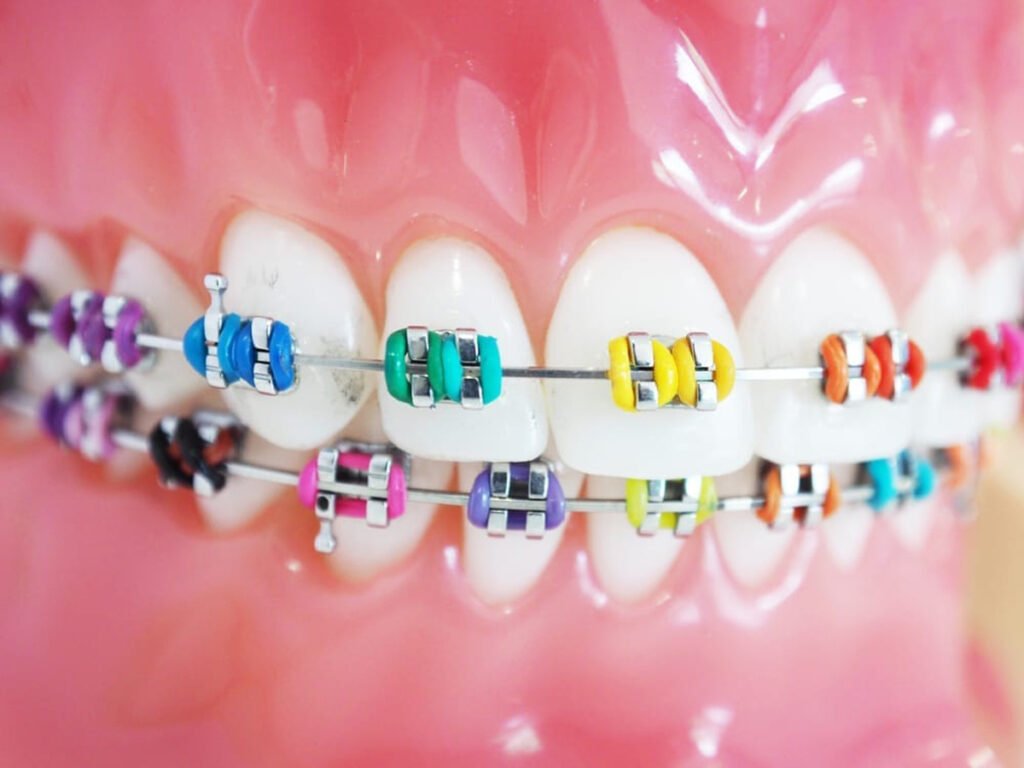
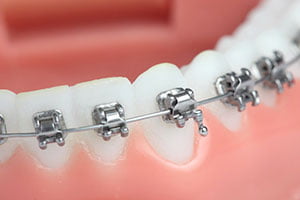
Metal braces are now lighter and more comfortable than ever before thanks to its low profile design. Edges are rounded and polished to minimize irritation to gum and cheek. The main disadvantages are still the metal appearance, ulcers, avoidance of certain food, pain and discomfort.
Clear (Ceramic) Braces
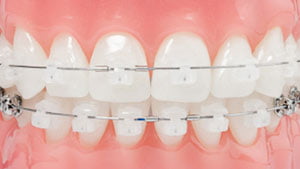
Ceramic braces work in the same way as metal braces except they are clear, making them more tolerable in appearance. It is a great option for adult or working individual who have aesthetic concern but not suitable for Invisalign. This type of braces is require a higher level of oral hygiene as they are bulkier and harder to clean. Ceramic is more brittle than metal, the edge and hook can chipped off if not careful. After orthodontic treatment, ceramic brackets are more difficult to remove too.
Read more about clear aligner here.
Read more about 10 things you need to know before getting braces here.
Learn more dental tips here.
